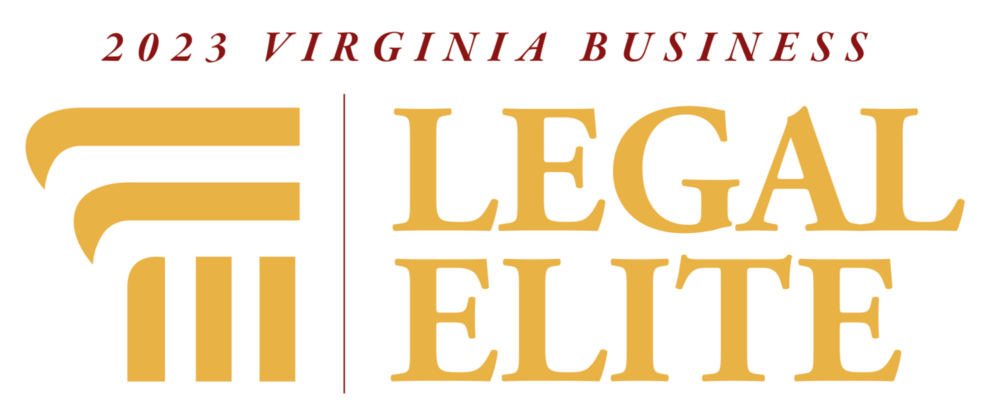I.Introduction
Since the implementation of the American Invents Act (“AIA”), there is a strengthened prior user rights defense available against any patent which issued on or after September 16, 2011. While it is clear that the law of prior user rights is applicable to processes performed in the U.S. and related equipment operating in the U.S., a question arises as to whether there is any way for the prior user rights to be applied to products created outside of the U.S. and imported into the U.S.
II.Prior User Rights
A. The Prior User Rights Statute – 35 USC § 273
According to 35 USC § 273(a) of the AIA, the prior user rights defense is applicable in patent infringement actions to (A) a process, or (B) a physical item used in manufacturing or a commercial process that would infringe the patent. More specifically, 35 USC § 273(a)(1) recites:
(a) In General.—A person shall be entitled to a defense under section 282(b) with respect to subject matter consisting of a process, or consisting of a machine, manufacture, or composition of matter used in a manufacturing or other commercial process, that would otherwise infringe a claimed invention being asserted against the person if—
(1) such person, acting in good faith, commercially used the subject matter in the United States, either in connection with an internal commercial use or an actual arm’s length sale or other arm’s length commercial transfer of a useful end result of such commercial use; and
(2)such commercial use occurred at least 1 year before the earlier of either—
(A) the effective filing date of the claimed invention; or
(B) the date on which the claimed invention was disclosed to the public in a manner that qualified for the exception from prior art under section 102(b)
Thus, the prior user rights defense can be asserted for an accused process or something used within a process. Further, the commercial use of the subject matter must be in the United States, and that commercial use must be in connection with either:
(1) an internal commercial use, or
(2) an actual arm’s length sale or arm’s length commercial transfer of
a useful end result of the commercial use.
B. Can the Prior User Rights Statute Be Used for Activities Outside of the U.S.?
Although 35 USC § 273 makes clear that there must be a commercial use in the U.S., a question arises as to whether an infringement claim against a product imported into the U.S. which was manufactured outside of the U.S. can be defended based on the prior user rights statute. The prior user rights statute states that the commercial use can be in connection with an internal commercial use, or sale or transfer of a useful end result of the commercial use. Is it possible to bring into the U.S. the “end result” of a process performed outside of the U.S., and have that “end result” which is within the U.S. trigger the prior user rights defense? As explained below, as long as the process used to produce a product was performed outside of the U.S., the prior user rights defense is not applicable to the resulting product imported into the U.S.
The prior user rights defense exists for an internal commercial use. However, the plain language of the statute indicates that the commercial use must be within the U.S. Therefore, a commercial use such as the manufacturing of a product outside of the U.S. which is ultimately imported into the U.S. cannot be used to trigger a prior user rights defense. However, this does not end the inquiry, and the remainder of the prior user rights statute should be analyzed to determine whether bringing an output of the process in the U.S. is sufficient to trigger the prior user rights defense.
The language of the statute is arguably ambiguous regarding whether the “useful end result of the commercial use” phrase of the statute could possibly be read to provide a prior user rights defense for a sale or transfer of the useful end result that comes into the U.S. However, for the reasons set forth below, the defense of prior user rights does not appear to apply to a product imported into the U.S.
First, the language of the statute which recites “either in connection with an internal commercial use or an actual arm’s length sale or other arm’s length commercial transfer of a useful end result of such commercial use” clarifies the environment of the commercial use. However, nothing in this language negates the requirement that the “use” (e.g., the process, or the machine that performs the process) must be in the U.S.
Second, if the prior user rights statute were interpreted to provide a defense for processes performed outside of the U.S., then the requirement of the statute to have the commercial use in the United States would be meaningless. Products made by a process in the U.S. are eligible for the prior user rights defense based on being made in the U.S. If imported products made by an infringing process outside of the U.S. could also benefit from the prior user rights defense, any product including imported products, and products made in the U.S. would be covered by the prior user rights defense, making the “in the United States” requirement of the statute meaningless.
Finally, the legislative history makes clear that one of the purposes of the prior user rights statute is to help protect U.S. industry. More specifically, the legislative history states:
[The prior user rights statute] will help U.S. industry to keep jobs at home and provide a basis for restoring and maintaining a technology competitive edge for the U.S. economy. 157 Cong. Rec. at S5426. (March 9, 2011)
If the prior user rights statute were interpreted to cover the manufacturing of products outside the U.S. and imported into the U.S., there would be no benefit of the prior user rights statute to the U.S. economy. Thus, a purpose of the statute which is explained in the legislative history could not be obtained.
Therefore, it appears likely that the manufacturing or process which is accused of infringement and which is being defended against patent infringement based on the prior user rights defense must occur within the United States in order to be eligible for the prior user rights defense.
IV. Prior User Rights Are Rarely Used in Litigation
Proving the prior user rights defense requires an accused infringer to show that he/she was practicing every limitation of the asserted claims more than one year prior to the date of the invention. In most cases, this will likely require conceding that the accused product or process infringes the asserted claims, thereby stripping the accused infringer of a major substantive defense. As a defendant will rarely admit infringement in a U.S litigation, it naturally follows that a defendant will rarely use the prior user rights defense as it will effectively require an admission of infringement.
Additionally, the prior user rights defense is applied on a claim-by-claim basis. While liability of infringement of some patent claims may be eliminated by this defense, sometimes the processes change over time, and not all patent claims may be successful using this defense. Therefore, even if the defense of prior user rights is established for the independent claims or the majority of claims, some dependent claims may not have the benefit of a prior user rights defense and a majority of claims elements will have been admitted to exist in the accused product.
V. Secret Uses by the Inventor Preventing the Inventor from Getting a Patent
In the 1946 decision in Metallizing Engineering[1], it was explained that a patentee’s own commercial use of its process (even if done secretly behind factory walls) counted as a “public use” sufficient to invalidate the later-filed patent application. The court wrote “That it is a condition upon an inventor’s right to a patent that he shall not exploit his discovery competitively after it is ready for patenting; he must content himself with either secrecy, or [a patent].” Thus, pre-AIA, it was clear that the patentee could not get a patent when there was previous secret use.
[1] Metalizing Engineering Co. v. Kenyon Bearing & Auto parts Co., 153 F.2d 516, 520 (2d Cir. 1946)
The AIA changed the language of the law, and in March of 2016, a district court in NJ in the case Helsinn Healthcare S.A. v. Dr. Reddy’s Labs., Ltd., 2017 BL 46643, D.N.J., 12-2867 (MLC) (DEA), 2/14/17 ) found that the AIA overruled the Metallizing Engineering case and held that the AIA did not to prevent a later filed patent application from becoming a valid patent based on secret commercial use. On May 1, 2017, the Federal Circuit issued an opinion in the appeal of the district court case, reversing the district court. The Federal Circuit found that the sale was in fact a public sale and not secret. Helsinn Healthcare SA v. Teva Pharmaceuticals USA Inc., 855 F.3d 1356 (Fed. Cir. 2017). Thus, the Federal Circuit did not resolve the issue of whether the AIA overruled the Metallized Engineering case, and there is no clear and definitive opinion from the Federal Circuit as to whether the Metalized Engineering case is still good law.
Thus, the issues as to whether a company’s own secret sales (and similarly secret uses) prevent the company from later getting a patent, and whether the new AIA 35 USC §102 leads to a different result than the pre-AIA 35 USC §102 are still undecided.









